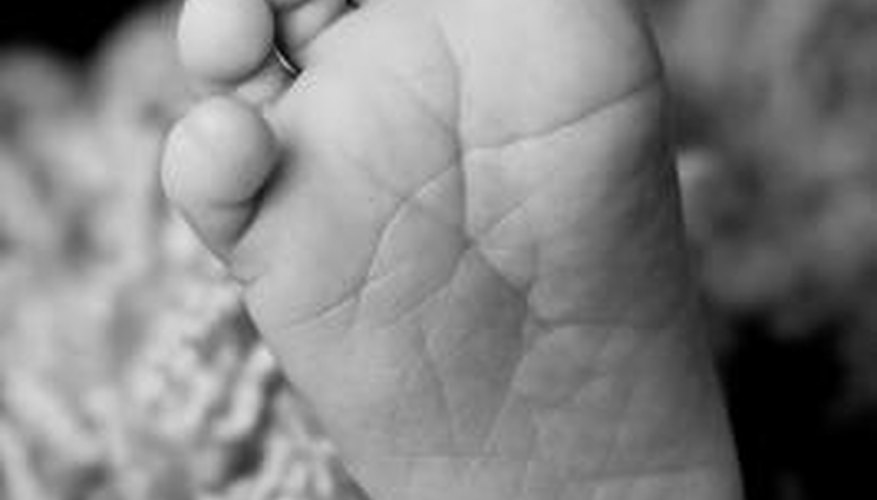A Kidner procedure is surgery that is performed for an accessory navicular bone. The navicular bone is located in the arch of the foot and is attached to the posterior tibial tendon. This architecture helps hold up the arch. An accessory navicular bone is an extra bone located in the instep that causes a flat foot. In this condition, the navicular and accessory navicular bones fuse together, and this condition can cause pain. Surgical correction is performed only after non-surgical treatment has failed, and rehabilitation protocols are prescribed by the surgeon.
Symptoms and Diagnosis
The symptom most associated with accessory navicular is pain in the instep, which can be aggravated by walking. If the accessory navicular is to become painful, it will typically happen during the teen years. If the accessory navicular does not cause pain, no non-surgical or surgical treatment is needed. Physicians identify the problem when the patient reports pain and typically can confirm the condition with X-rays only.
- The symptom most associated with accessory navicular is pain in the instep, which can be aggravated by walking.
Kidner Surgical Procedure
The Kidner procedure is a straightforward surgery. To correct the accessory navicular, the surgeon makes a small incision over the extra bone. The bone is then detached from the posterior tibial tendon and removed. The tendon is attached to the navicular bone, and the skin incision is closed.
- The Kidner procedure is a straightforward surgery.
- The tendon is attached to the navicular bone, and the skin incision is closed.
General Rehabilitation Protocol
The patient receives a below-knee fibreglass cast, which is worn for approximately three weeks, after which the medical team applies a partial weightbearing walking cast. The patient uses crutches for several days, and a physical therapist can instruct the patient in the proper use of crutches. If sutures are non-absorbable, they are removed in 10 to 14 days following surgery. At approximately four weeks following surgery, the walking cast is removed and the patient starts physical rehabilitation, which consists of a series of stretching exercises to ease tension on the tendon. Normal activities resume in approximately three months.
- The patient receives a below-knee fibreglass cast, which is worn for approximately three weeks, after which the medical team applies a partial weightbearing walking cast.
- At approximately four weeks following surgery, the walking cast is removed and the patient starts physical rehabilitation, which consists of a series of stretching exercises to ease tension on the tendon.
Physical Rehabilitation Protocol
The surgeon determines if physical rehabilitation is necessary following surgery. Physiotherapy begins with ice, massage and whirlpool to control pain and swelling and to strengthen the tendon. Therapists often recommend aqua therapy, as water provides a safe environment for the patient to exercise without undue tension on the tendon. As strength improves, the patient takes part in advancing stages of exercise, consisting of stretching the tendon to provide more mobility. Physiotherapy helps improve range of motion and ensures that the patient is walking normally. Once normal movement and strength resume, physiotherapy ends and the patient continues the exercise program at home to ensure that the tendon remains flexible.
- The surgeon determines if physical rehabilitation is necessary following surgery.
- Physiotherapy begins with ice, massage and whirlpool to control pain and swelling and to strengthen the tendon.
